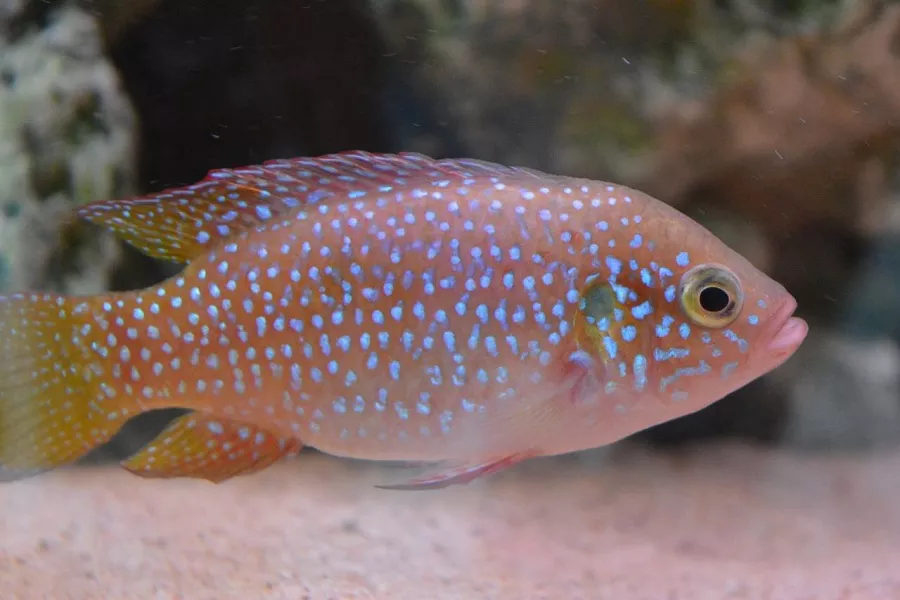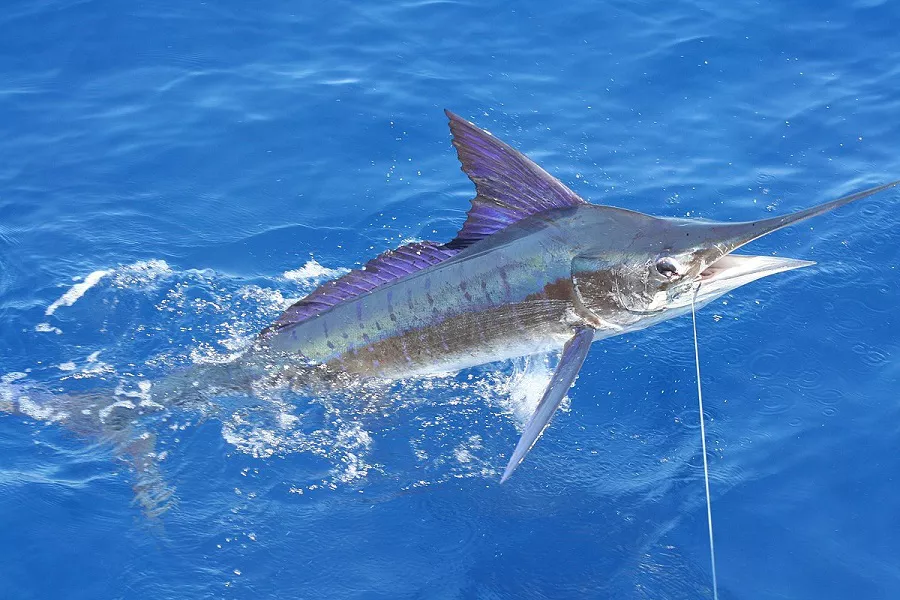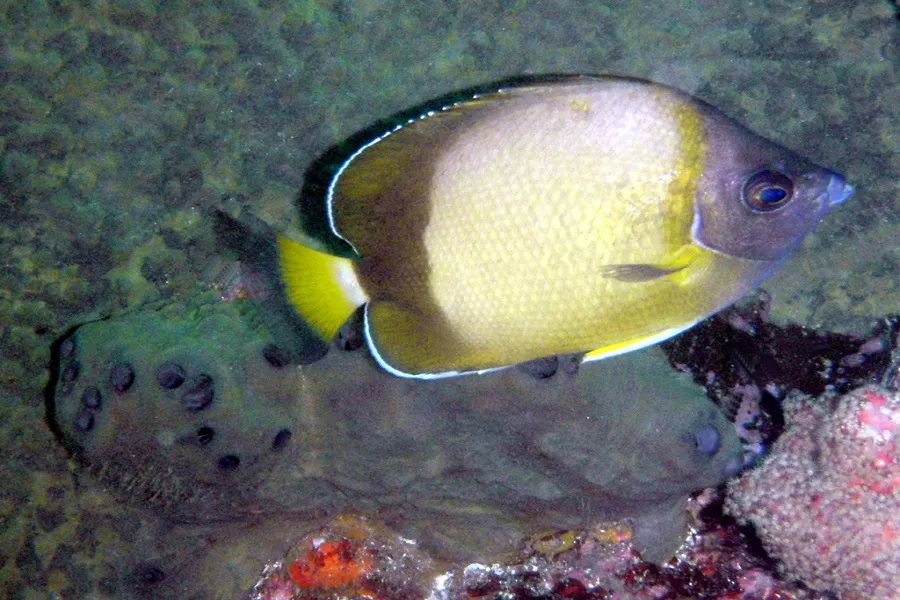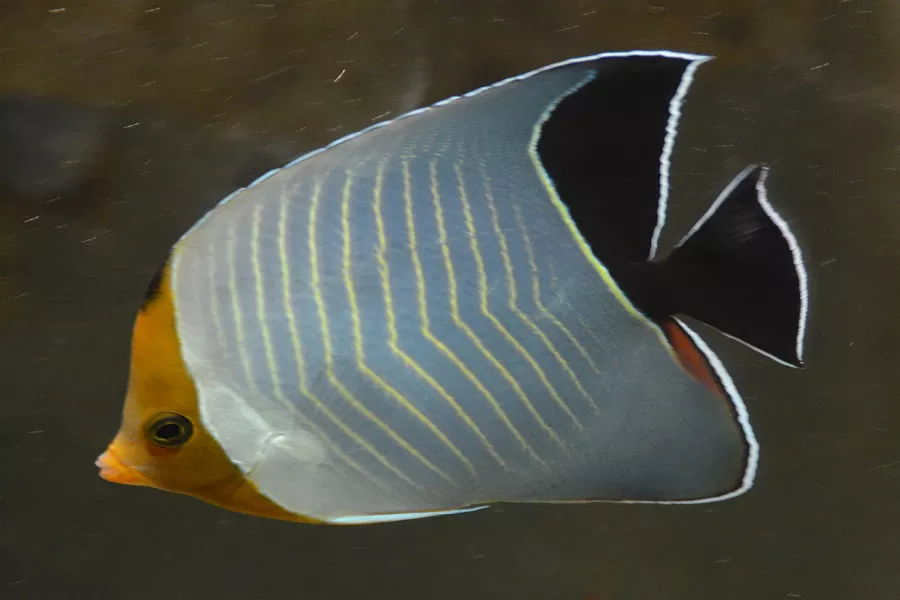What is jewel cichlid?
The jewel cichlid is a non-three lake cichlids African cichlid, the body size is shorter and larger. This fish is characterized by beautiful blue spots all over its body and a large black spot on the front of the tail stalk. Ruby gets its name from the brilliant red color that occurs during their breeding season. In fact, this species of fish has some individuals whose whole body is always bright red, but it is difficult to see in the market. Origin: From Ghana to Togo in the forest streams of the Congo River and the Nile River Basin; Diet: Carnivorous and fish-eating will eat small fish. Active water layer: all water layers, preferring to be active at the bottom. Origin: Africa Nile River Basin and Libya, Niger, Congo and other countries.
What does jewel cichlid look like?
The ruby fish body is spiny-shaped, slightly flattened on the side, the caudal fin is fan-shaped, and the rear edge is straight; the body length can reach 16 cm. The ruby fish is colorful, its back is green algae color, its abdomen is red, and its dorsal, anal and caudal fins have red edges, and the whole body is flashing with small red and blue bright spots, such as gems inlaid on the body, which is very spectacular and is a famous ornamental fish. one.
jewel cichlid living habits
Strong in body, large in food intake, easy to raise, no strict requirements for water quality, they like neutral water, and they can grow well in water temperature above 20 °C. Ruby fish do not choose food, like to eat animal bait.
The ruby fish has a more violent temperament and often attacks other species of tropical fish, especially juveniles of other species. Therefore, ruby fish is best kept alone. If it is to be mixed, it should be mixed with large tropical fish with the same requirements, and must not be mixed with small tropical fish, especially lampfish, to avoid accidents.
jewel cichlid rearing
The requirements for water quality are not high, neutral water quality is more suitable, and weakly acidic and weakly alkaline water is not suitable. Breeding this fish is not very difficult. This fish differs from other African cichlids in that they are not brooded by mouth but are bred in the open. When breeding, the males sweep out a bed on smooth stones and guide the females to lay eggs in it. The eggs are arranged in a ring, and the number is about 250-300. The broodstock will take care of the eggs for about 3 days and the larvae will hatch, and after 5-6 days the larvae will swim freely. The broodstock will take care of them until the juveniles are free to hunt.
Reminder: For more knowledge about tiger fish, arowana, australian lungfish, please pay attention to: mtedr.com, to provide you with types of aquarium fish and fish care.


























